Bio-degradable cards
Every card imaginable!
|
Bio-degradable cards Every card imaginable! The Control of Dogs Order 1992 Explained: A UK Dog Owner's GuideBeing a dog owner is one of life’s great joys, but it also comes with a lot of responsibility. It can sometimes feel like there’s a mountain of information to remember, from training and feeding to understanding all the different rules and laws. If you've ever found yourself wondering what the law actually says about your dog's collar and tag, you're not alone. It's a question we see all the time from caring owners who just want to do the right thing. This guide is here to help. We're going to break down one of the most important but often misunderstood pieces of UK dog law: The Control of Dogs Order 1992. We’ll walk you through it step-by-step, in simple, clear language. We'll cover what it is, why it exists, and exactly what you need to do to make sure you and your furry friend are safe, sound, and on the right side of the law. Table of Contents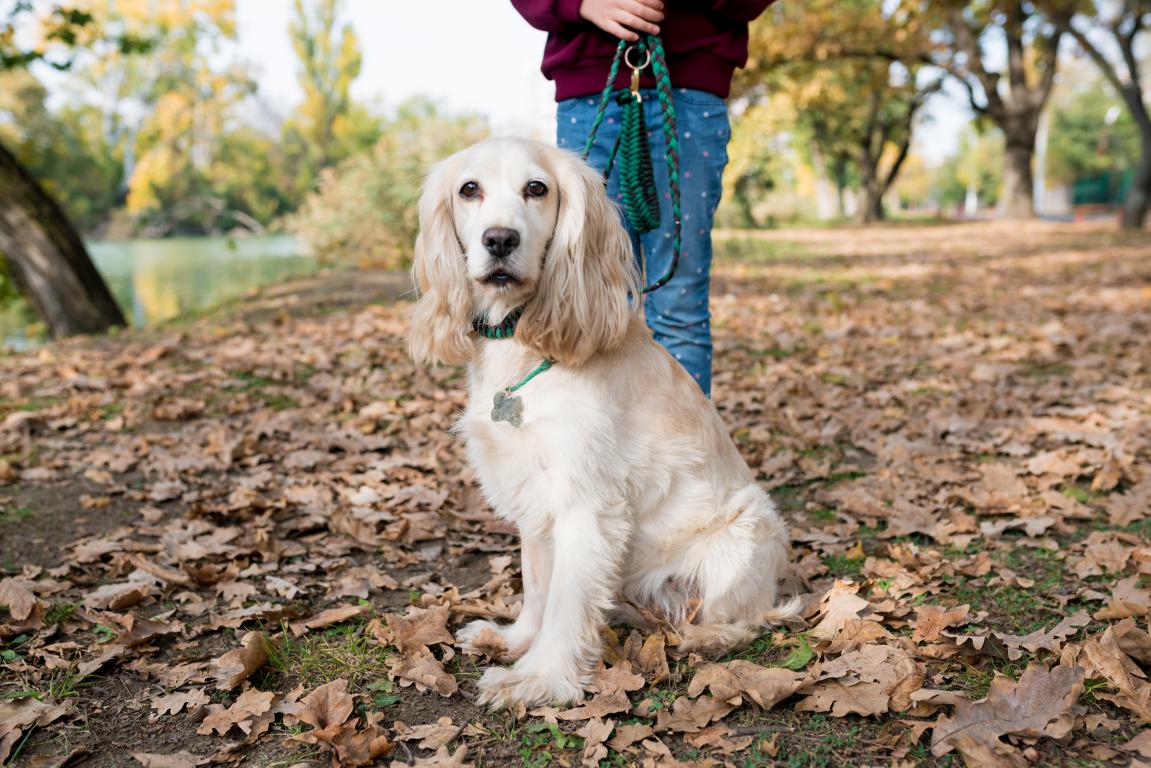
The UK Dog Tag Law: What Is The Control of Dogs Order 1992?Let's start with the basics. In simple terms, The Control of Dogs Order 1992 is a UK law that states any dog, while in a highway or a place of public resort, must wear a collar with the name and address of the owner inscribed on it, or on a plate or badge attached to it. That might sound a bit formal, so let’s break down what it really means for you as a dog owner. Essentially, whenever your dog is out in a public space, they need to be wearing a collar that has an ID tag on it. This tag must, by law, contain specific details that can identify you as the owner. It’s a straightforward piece of legislation, but it’s one of the most fundamental aspects of responsible dog ownership in the UK. So, what counts as a 'public place'? This is a really important question. It’s not just about parks and town centres. A public place is defined very broadly and includes:
The core purpose of the Order is identification. Think of it like a number plate on a car. It provides a quick, visual, and immediate way for anyone to find out who the dog belongs to. If your dog were to run off, get lost, or be involved in an incident, this simple tag is the fastest way to get them back to you and resolve any situation. It’s also important to understand what this law is not about. The Control of Dogs Order 1992 is purely focused on identification. It doesn't cover issues like keeping a dog on a lead, muzzling, or dog fouling. Those are handled by other pieces of legislation, such as the Dangerous Dogs Act 1991 or local council rules known as Public Spaces Protection Orders (PSPOs). The 1992 Order has one clear and simple goal: to ensure that a dog in a public place can be easily traced back to its owner. This simple requirement is the bedrock of dog safety and owner responsibility in the UK. 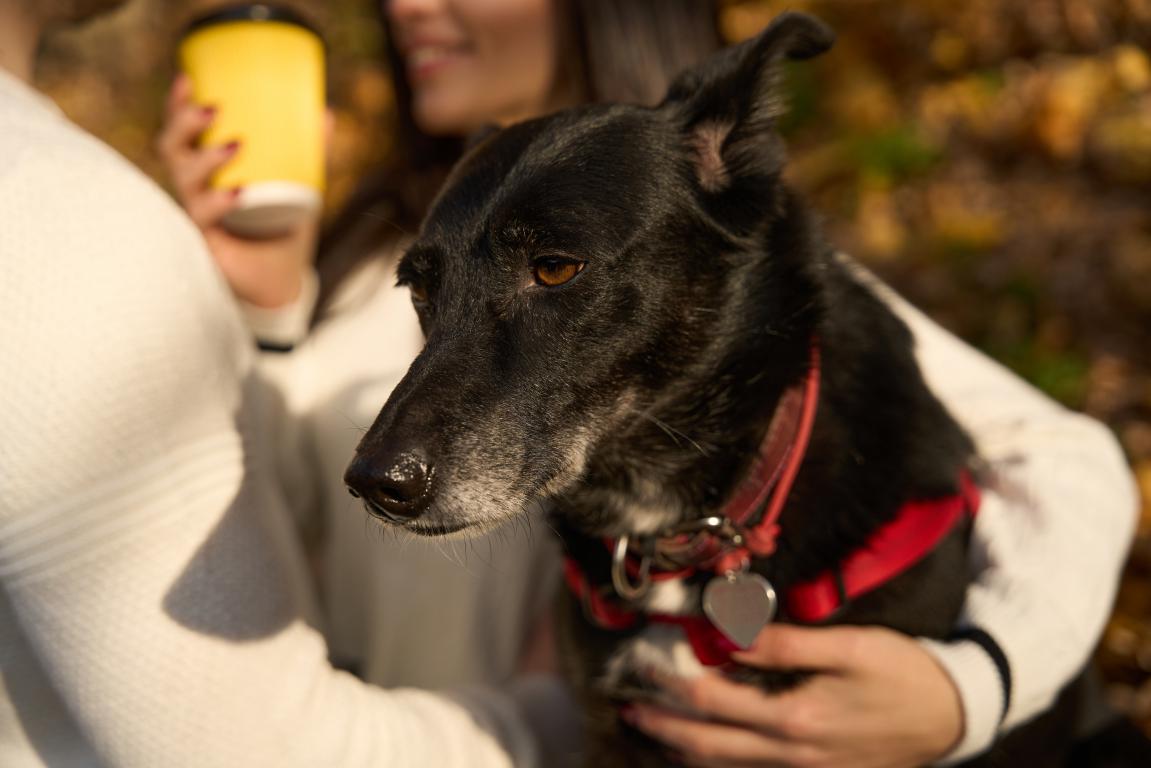
The Purpose Behind the UK Dog Collar LawUnderstanding the 'why' behind a law can make it much easier to appreciate its importance. The Control of Dogs Order 1992 wasn't created to make life difficult for dog owners. It was introduced for several compassionate and practical reasons, all centred around the welfare of dogs and the peace of mind of their owners. The primary and most heartfelt reason for this law is to reunite lost dogs with their families. Before this legislation was firmly in place, a lost dog was in a very vulnerable position. If they were found by a member of the public or a dog warden, there was no immediate way of knowing where they came from. This meant that thousands of lost dogs ended up in local authority kennels or rescue centres. While these places do incredible work, it's a stressful and frightening experience for any dog to be separated from its home and family. The journey from being found to being reunited could take days or even weeks, if it happened at all. The introduction of a mandatory collar and tag completely changed this. It created a direct line of communication. A person who finds a lost dog can simply read the tag, make a phone call or, as the law originally intended, return the dog to the address provided. This simple piece of metal or plastic on a collar can turn a potential tragedy into a brief, five-minute drama. It dramatically reduces the stress on the dog, the worry for the owner, and the immense pressure on our already overstretched animal rescue services. Beyond reunification, the law also serves to promote responsible ownership. A dog wearing a tag is a visible sign that it has a home and a person who cares for it. It subtly encourages owners to be more mindful of their dog's whereabouts and behaviour when in public. It also helps authorities in the event of an incident. If a dog were to cause an accident or bite someone, the tag allows the owner to be identified and contacted quickly, which is crucial for all parties involved. Finally, it helps reduce the number of stray dogs. A dog that can be returned home within an hour is a dog that doesn't become a 'stray' in the system. This saves local councils, and therefore taxpayers, a significant amount of money in kennelling, feeding, and rehoming costs. It also frees up vital kennel space in rescue centres for dogs that have been genuinely abandoned or are cruelty cases, allowing them to focus their resources where they are needed most. So, when you fasten that collar around your dog’s neck each day, you're not just following a rule. You're taking part in a nationwide system designed to protect your best friend and ensure that if the worst happens, they have the best possible chance of coming home to you quickly and safely. 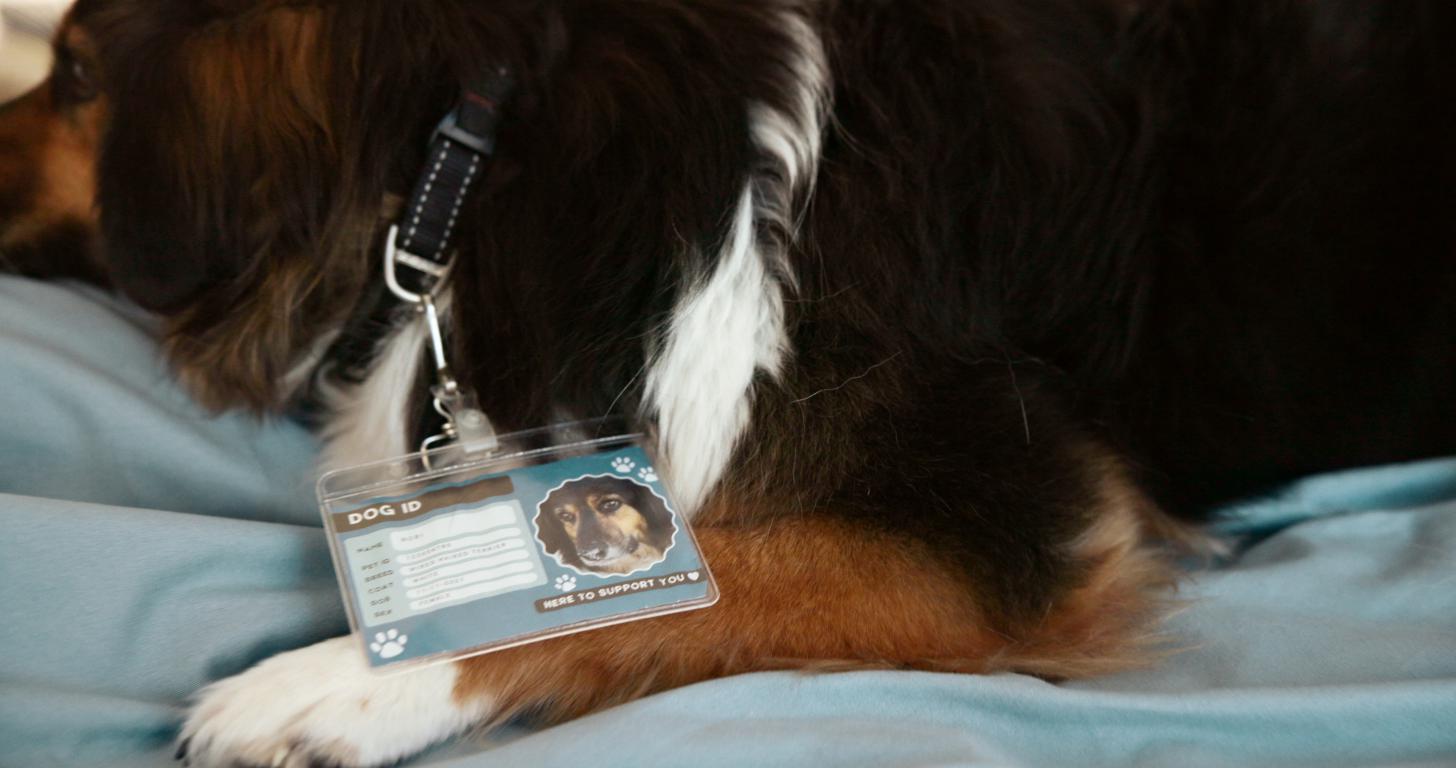
What to Put on a Dog Tag: The Legal Requirements UKThis is the most practical and important part of the guide. Knowing exactly what to put on the tag can feel confusing, with lots of different opinions out there. Let's clear it up by looking at what the law strictly requires, what is highly recommended, and what you might want to leave off.
The Legal RequirementThe Control of Dogs Order 1992 is very specific about the minimum information that must be included. Your dog's tag must display:
That’s it. According to the letter of the 1992 law, that is all you are legally required to provide. The law was written before mobile phones were common, so it viewed a physical address as the most reliable way to reunite a dog with its owner.
Highly Recommended Additions for Modern TimesWhile the law hasn't been updated, the world has. Today, a phone number is the single most effective piece of information for getting your dog back quickly. While you are not legally required to put it on the tag, it is strongly recommended by every single animal welfare organisation, including The Dogs Trust, RSPCA, and Battersea. Here’s why adding a mobile number is so important:
So, a good tag today should have the legally required information plus your mobile number. Many owners opt for two mobile numbers for extra security. Here are a couple of other helpful, though not legally required, things you could add if you have space:
What You Might Want to Leave OffThere is a common debate about whether you should put your dog's name on their tag. While it might seem like a friendly and natural thing to do, many experts advise against it. The reasoning is based on dog theft prevention. A thief who knows your dog's name can easily call them, gain their trust, and lead them away. It removes a small but significant barrier for a potential dog thief. While the decision is yours, it's a safety consideration worth thinking about. It's often better to keep their name for you and your family to know. To summarise, the perfect ID tag combines the legal minimum with modern common sense:
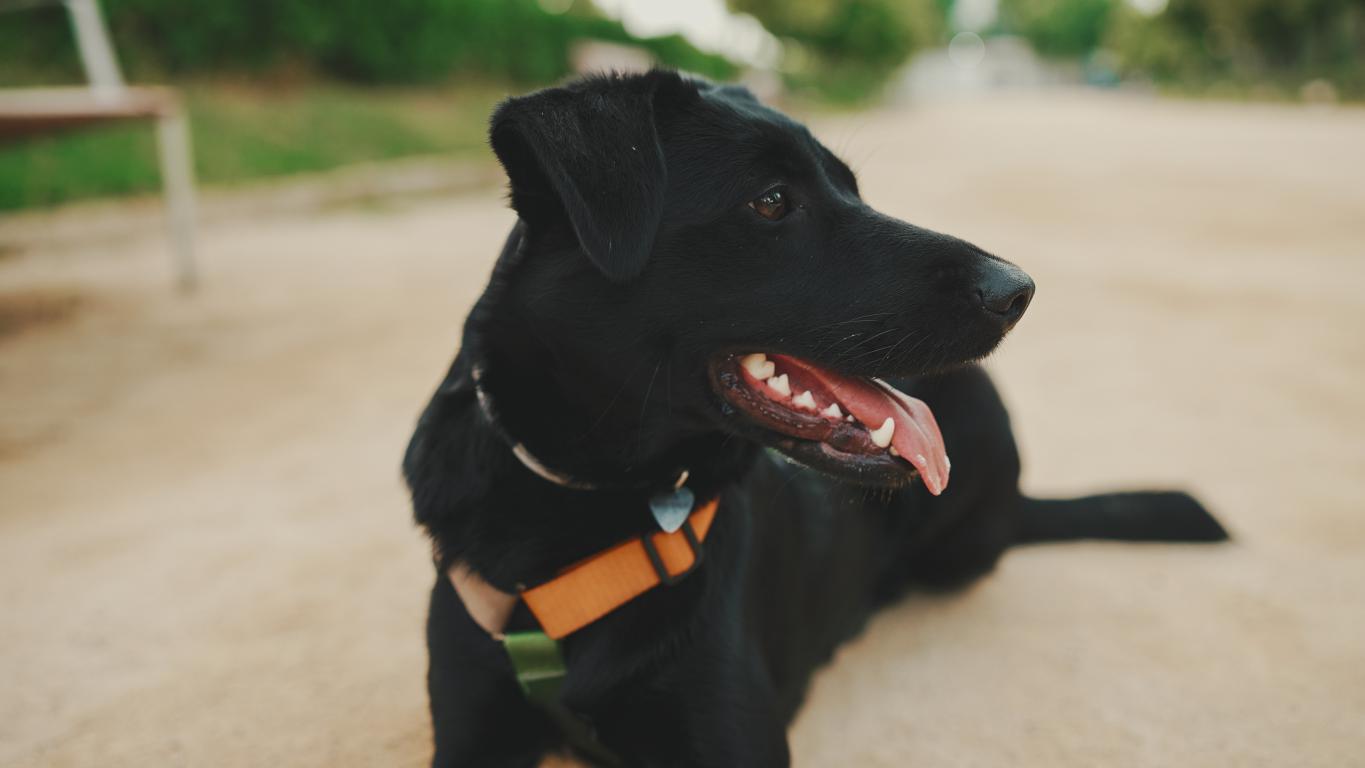
Exemptions to the UK Dog Tag Law: Who Is Excluded?Yes, there are a few specific and limited exemptions to The Control of Dogs Order 1992. It's important to be clear that for the vast majority of pet dog owners in the UK, these exemptions will not apply to you during your daily walks. They are designed for very specific circumstances where wearing a collar and tag could pose a genuine risk to the dog. The law states that a dog does not have to wear a collar and tag if it is:
The key phrase in most of these exemptions is "while being used for". This is a crucial distinction. A farmer's working sheepdog is exempt while it is out in the fields herding sheep, because there's a real risk its collar could get caught on a fence or in thick undergrowth, which could cause serious injury or even death. However, if that same farmer takes their sheepdog for a walk down the village high street or to the local park, the dog is no longer considered to be "working". In that situation, it is a pet in a public place, and the law applies in full. The dog must wear a collar and tag. Similarly, a gundog is exempt during an official shoot, but not when its owner is taking it for a walk in the woods on a Sunday afternoon. For the average dog owner, it is safest to assume that the law always applies to your dog. Unless you are actively involved in one of the very specific activities listed above, your dog must wear a collar with an ID tag in any public place. The exemptions are narrow and exist for genuine safety reasons for working animals, not as a loophole for pet owners. 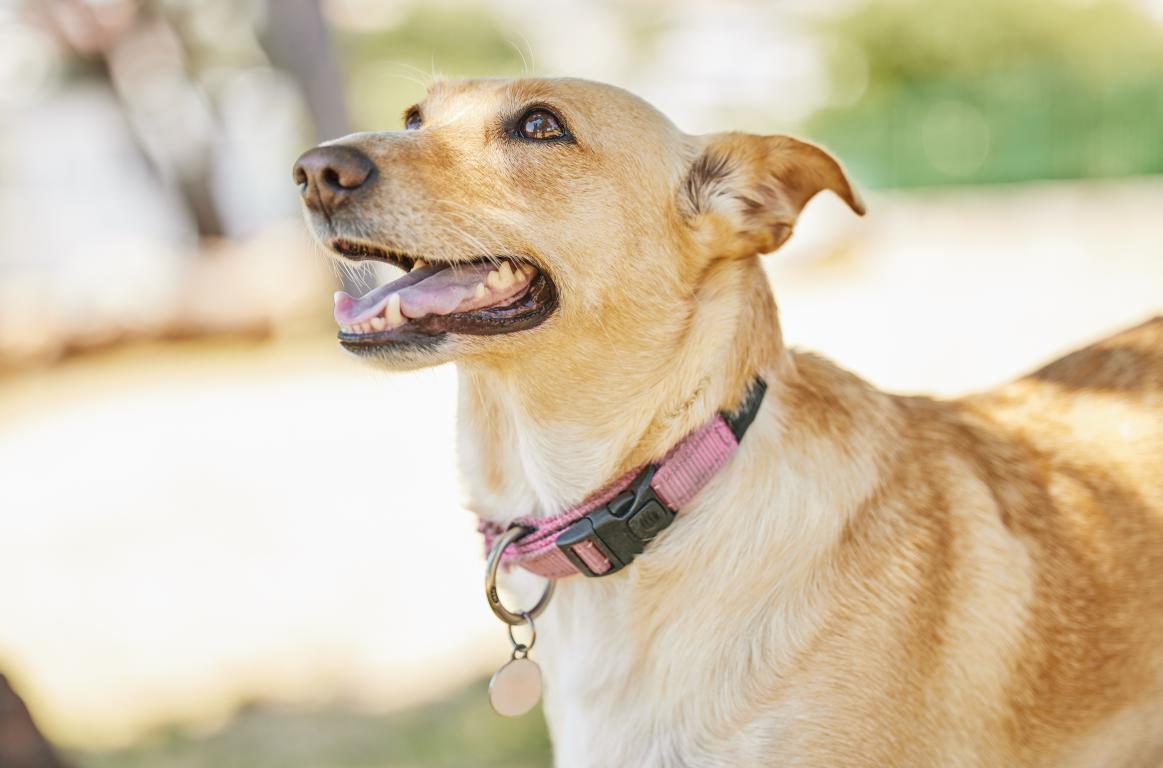
Fines and Penalties for No Dog Tag in the UKUnderstanding the consequences of not following the law is important, not to cause fear, but to appreciate how seriously this aspect of dog welfare is taken. The penalties for failing to comply with The Control of Dogs Order 1992 can range from a simple warning to significant financial costs and a great deal of emotional distress. If your dog is found in a public place without a collar and tag, they can be treated as a stray by a dog warden or police officer. This is the first step in a process that can be both upsetting and expensive. Here’s a typical breakdown of what can happen:
Beyond the financial penalties, it’s worth considering the emotional cost. The panic and worry of discovering your dog is missing is a terrible experience for any owner. That anxiety is magnified when you find out they are being held in an official kennel and you have to navigate the process of getting them back. It is a stressful situation for you and a frightening one for your dog. All of this can be avoided by ensuring your dog wears a simple, inexpensive tag. It is the best and easiest way to avoid any legal issues, financial penalties, and, most importantly, the heartache of being separated from your beloved pet. 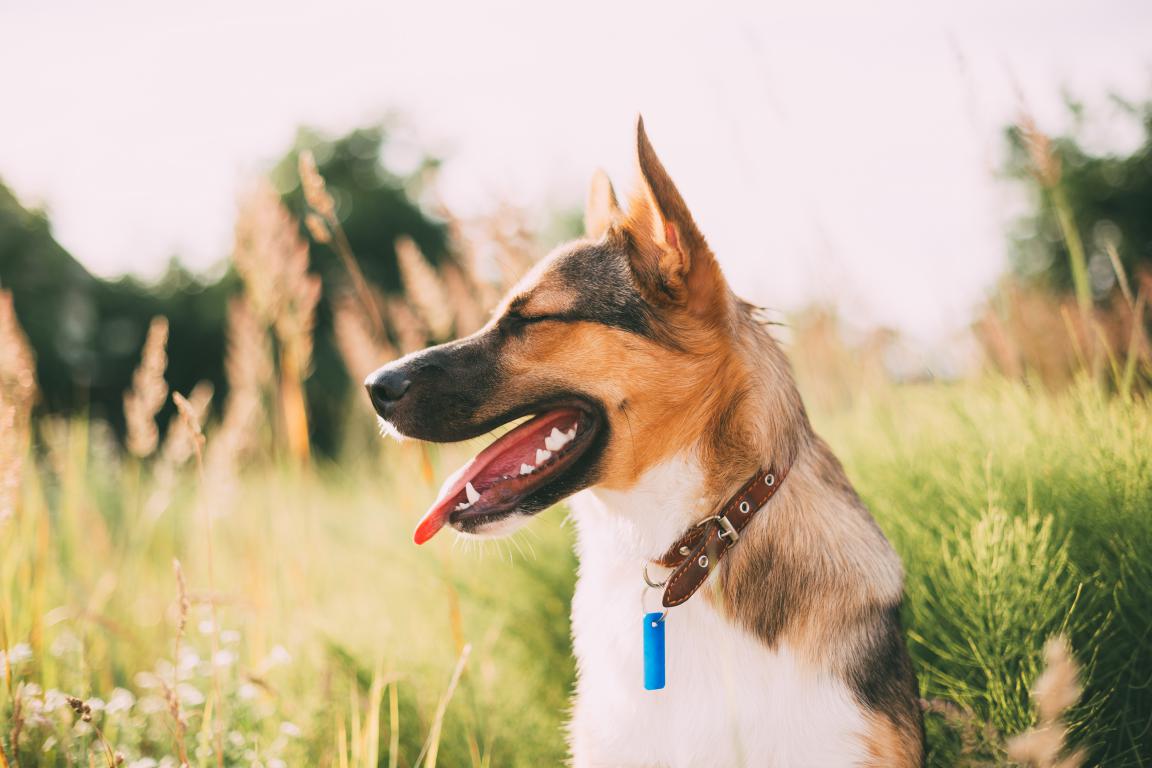
Dog Tags vs Microchipping: Understanding Both UK LawsThis is a fantastic question and a common point of confusion for many dog owners. It’s vital to understand that the collar and tag law and the microchipping law are two separate, distinct legal requirements. They are designed to work together as a two-layered system of protection for your dog. One does not replace the other. The Control of Dogs Order 1992 (Collar and Tag): This is your dog’s first line of defence. It provides immediate, visible identification that can be read by anyone who finds your dog. A member of the public, a delivery driver, or a neighbour can read the tag and call you straight away. It's the fastest and most direct method for getting your dog home. Think of it as the low-tech, instant solution. The Microchipping of Dogs (England) Regulations 2015 (and similar laws in Wales, Scotland, and NI): This is the second layer of defence. By law, all dogs over eight weeks old in the UK must be microchipped. The microchip is a permanent form of identification, about the size of a grain of rice, which is implanted under the dog's skin. If your dog loses its collar, the microchip is the backup that ensures they can still be identified. However, a microchip can only be read with a special scanner, which means your dog will need to be taken to a vet, rescue centre, or dog warden to be identified. This is an incredibly important tool, but it is not as immediate as a tag. It is a legal requirement to comply with both of these laws; one does not cancel out the other. Your dog must have a microchip, and when they are in a public place, they must also wear a collar with an ID tag. Imagine this scenario: your dog slips their lead and bolts.
The two systems work in perfect harmony. The tag is for the public; the chip is for the professionals. Having both gives your dog the absolute best chance of a safe and speedy return, no matter the circumstances. It is also essential to remember to keep your microchip details updated whenever you move house or change your phone number. A chip with old information is no use to anyone. 
Keeping Your Dog's Details Safe: ID Tags, Microchips, and Peace of MindWe've covered a lot of information, from the legal requirements of a collar tag to the crucial backup of a microchip. As responsible owners, we do all these things to keep our dogs safe. We make sure the tag is readable, the collar is secure, and the microchip details are up to date. But what about when you need that information yourself, especially in a stressful situation? Imagine you're on holiday and your dog suddenly needs a vet. You're in a panic. Do you remember your pet insurance policy number off the top of your head? Or what if you're reporting your dog as missing to the authorities? They'll ask for their microchip number, a long 15-digit code that’s almost impossible to memorise. In those high-anxiety moments, fumbling through emails or calling home to find scraps of paper is the last thing you need. This is where having all your dog’s vital details in one easy-to-access place can be a huge comfort. It’s about being prepared for you, the owner. A simple card in your wallet or purse that holds your dog's microchip number, your vet’s contact details, your insurance information, and any emergency contacts can turn a frantic search into a calm, controlled response. It bridges the gap between the information on your dog's collar and the data on their chip, putting everything you need right at your fingertips. If the idea of having all that crucial information organised and at your fingertips sounds helpful, you might be interested in learning more about how a Pet ID Card can offer that extra layer of peace of mind for you, the person at the other end of the lead.
© 2024 The Card Project Uk Ltd
VAT: 453 2087 06
|